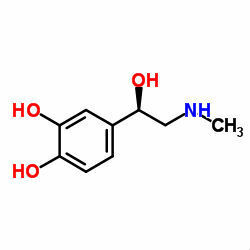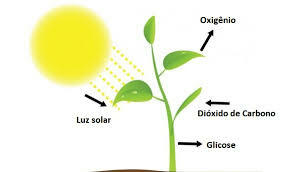The term macroevolution was proposed, in 1940, by Richard Goldschmidt and it refers to an evolution that occurs above the species level. This process would be responsible for transformations that gave rise to groups, such as reptiles and mammals, and that extinguished others.
Macroevolution, unlike microevolution, is the process of large-scale evolution. While microevolutionists work with changes in a given population, which generally occur in short periods of time, macroevolutionists study major changes that relate to the origin of large groups. systematic.
Macroevolutionists use as a source of study the fossil record and analyze the morphological changes that occurred in the groups. In macroevolution, it is assumed that large-scale changes can occur quickly during a speciation process. The patterns that result in macroevolution are basically two: punctuated balance and species selection.
Punctuated equilibrium is a theory in which it is assumed that a lineage stays for a long period of time without any change. morphologically significant (stasis) and that, from time to time, there are rapid periods of change that may be associated with the speciation. This theory is reinforced by fossil record analysis in which several new species appear abruptly.
Do not stop now... There's more after the advertising ;)
Species selection, on the other hand, is a process in which an evolutionary change occurs as a result of the survival and emergence of new species. This can be observed, for example, in processes of mass extinction in which entire groups went into extinction and others did not, thus showing that there was a selection of species.
Apparently, macroevolution and microevolution are complementary, since the analysis of the two is necessary to understand evolutionary processes. Furthermore, many researchers claim that macroevolution only happens in the face of events microevolutionary, and macroevolution is often considered a set of events microevolutionary. According to some authors, events such as mutation and natural selection may be capable of generating large changes if observed over longer periods of time.
Despite great advances in studies of paleontology and biology, there is still a lack of answers regarding macroevolution. Therefore, many studies still need to be done to solve these evolutionary biology problems.
By Ma. Vanessa dos Santos
Would you like to reference this text in a school or academic work? Look:
SANTOS, Vanessa Sardinha dos. "Macroevolution"; Brazil School. Available in: https://brasilescola.uol.com.br/biologia/macroevolucao.htm. Accessed on June 28, 2021.



